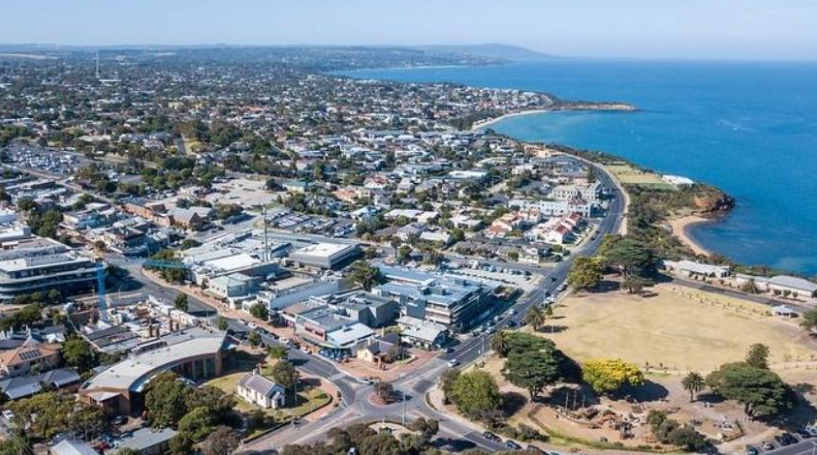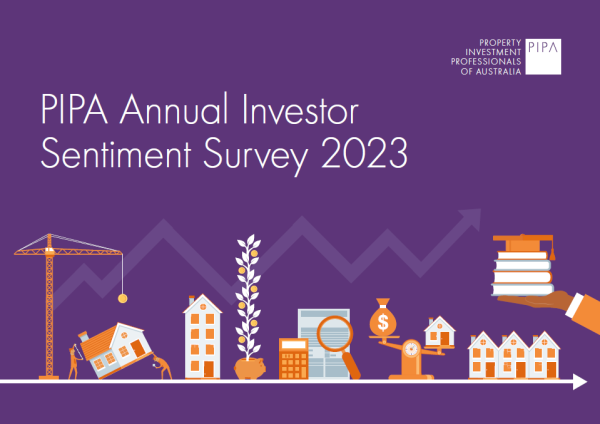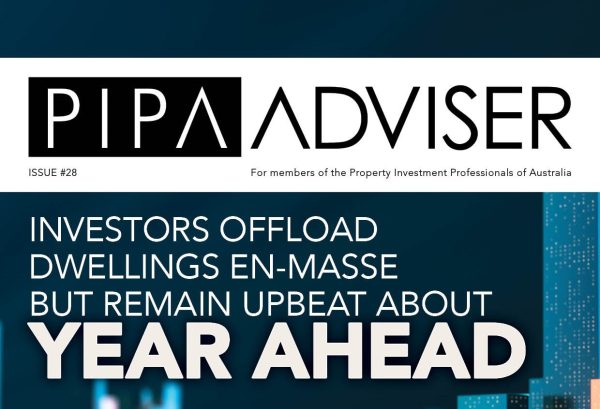What’s driving the current property boom?
Mar 2021Karen Millers
Categories
Location ReportsMedia releasesNational market updatesPersonal advisersPIPA AdviserPIPA Annual Investor Sentiment SurveysPIPA Member ProfilesPIPA video updatesPIPA webinarsPodcastsProperty advisersProperty newsLatest Articles
Rent rises ease but crisis’ link to population density found to be tenuous
Jordan van den Berg: The ‘Robin Hood’ TikToker taking on Australian landlords
Victorian property investors face yet another new property tax as council tests levy
Rentvesting in Australia: A deep dive
‘More chance of winning lotto’ than housing targets being met
Unexpected factors are driving the current “boom” in Australia’s property market amid the COVID-19 pandemic, according to an economist from MacroBusiness.
Leith van Onselen, chief economist of MB Fund and co-founder of MacroBusiness, said that while the property market moves in cycles, there is something different about what is driving the current boom.
“The boom in dwelling prices is being led by the smaller major capital cities like Perth and Brisbane. This is a stark contrast from recent booms, which were driven overwhelmingly by Sydney and Melbourne,” he said.
According to recent figures from CoreLogic, smaller markets, on an annual basis, have outperformed the larger markets of Sydney and Melbourne. Darwin, for instance, posted an 11.4% annual gain in median dwelling value against the 2% growth in Sydney and 2.1% decline in Melbourne.
One explanation for this could be a slump in net overseas migration. Onselen said the net long-term arrivals into Australia has turned negative for the first time since 1976.
“Obviously, Sydney and Melbourne are far more reliant on mass immigration, especially with respect to the inner-city apartments, which is likely weighing on their growth,” he said.
Another difference in the housing market’s current uptrend is the emergence of owner-occupiers as a major driver of activity.
According to figures from the Australian Bureau of Statistics (ABS), the value of new owner-occupier loan commitments reached record-highs in December 2020.
By contrast, new investor mortgage commitments “remain well below their 2015 highs,” said Onselen.
However, Peter Koulizos, chairperson of Property Investment Professionals of Australia, said that this could potentially change in the next few months as investors are likely to reclaim their space in the market.
And despite remaining below the recent boom, new loan commitments from investors have grown since the low point for investment activity in May of last year, up by about 10% in December over the same period last year.
“In fact, the latest official data shows that more than $6bn worth of new investor loans were recorded in December – the highest level since July 2018,” said Koulizos.
Additionally, Koulizos said he believes the increasing number of investors in the market, coupled with a robust activity from owner-occupiers and first-home buyers, would add to the property-price pressures in many suburbs across Australia.
Gerv Tacadena, Your Investment Property, 1 March 2020
https://www.yourinvestmentpropertymag.com.au/news/is-property-on-a-differentlyflavoured-boom-275688.aspx




